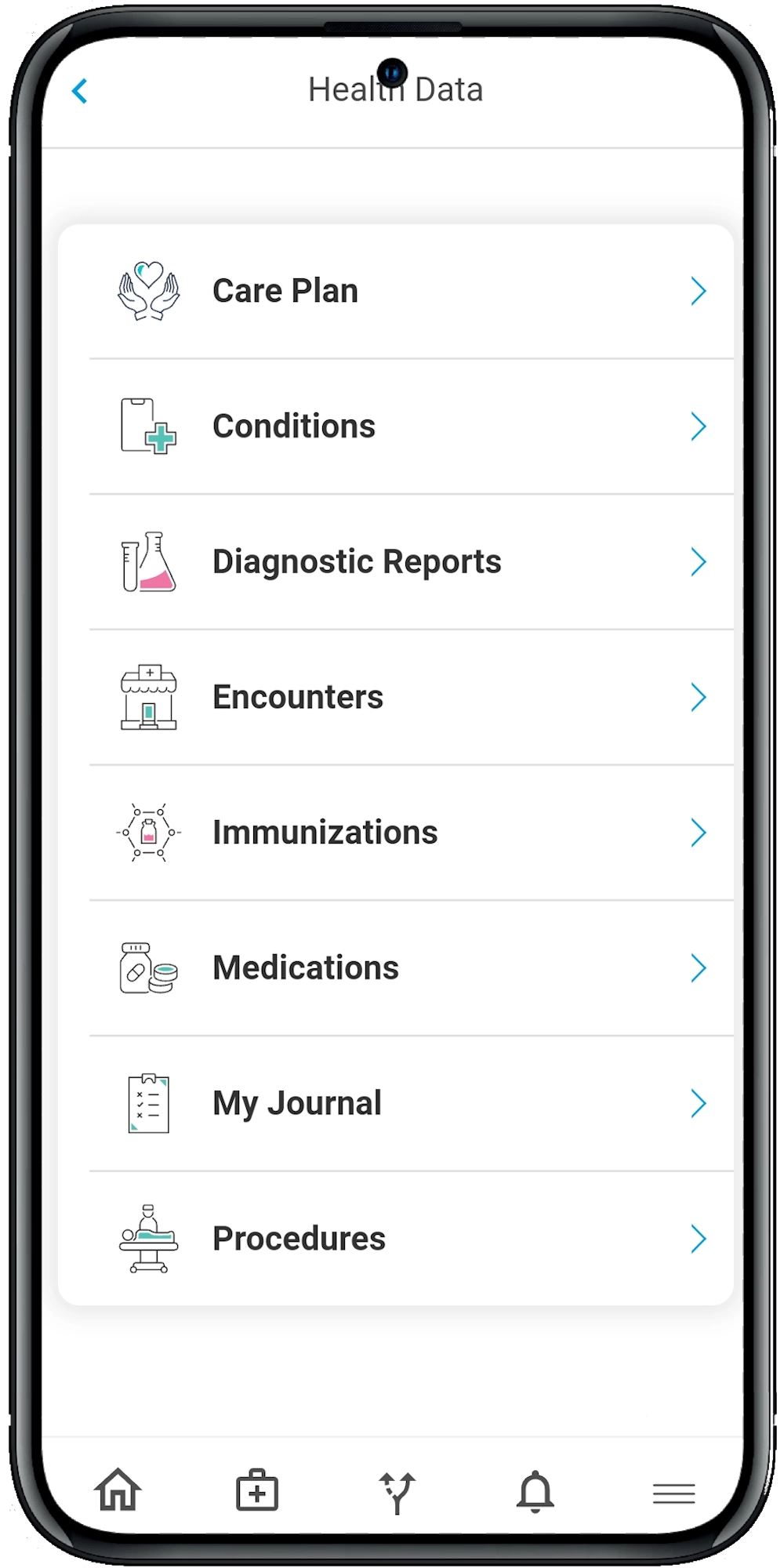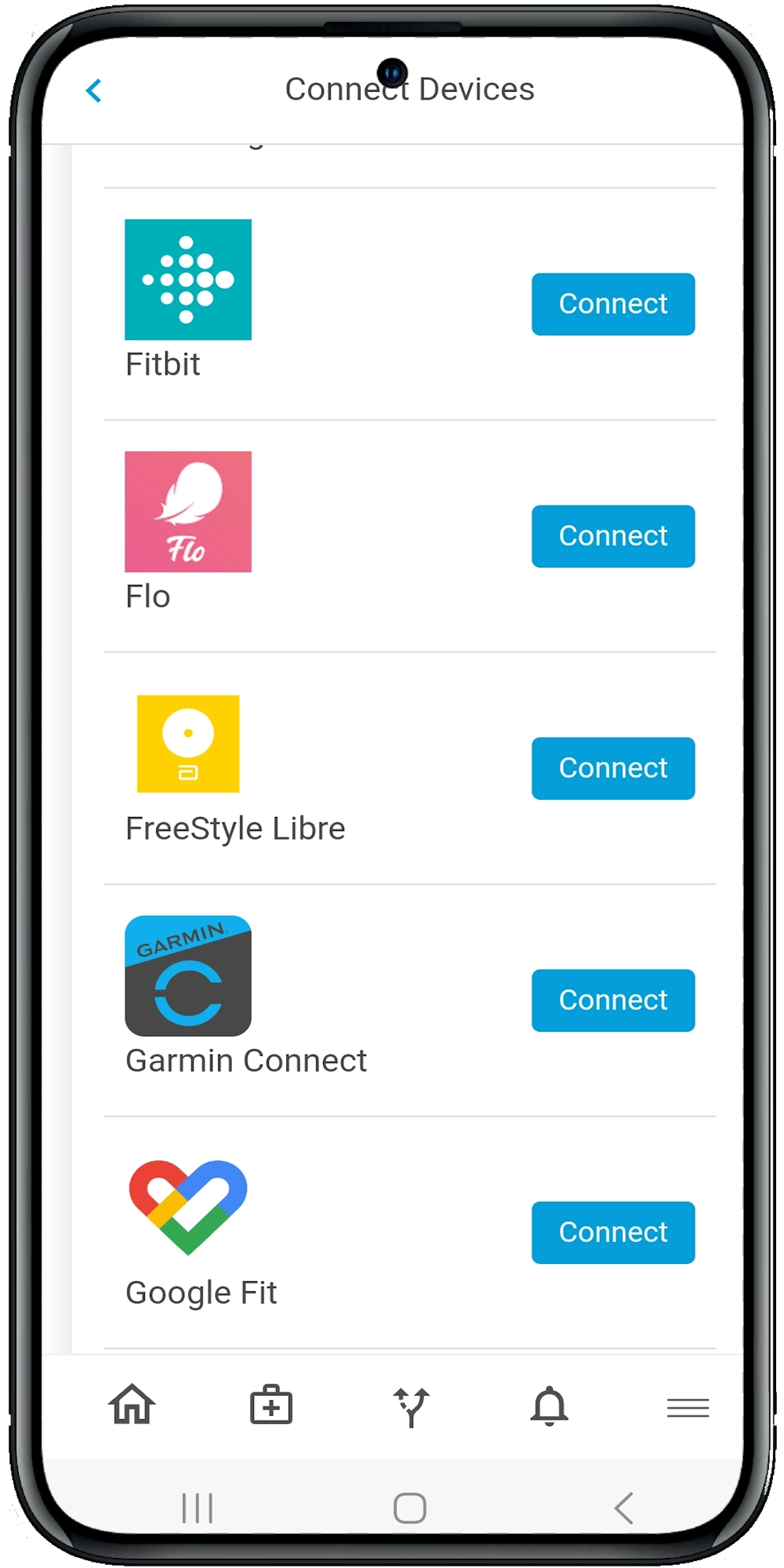Innovations in Digital Pathology for Cancer Diagnosis
What is Digital Pathology?
Digital pathology involves converting traditional glass slides into digital images. These images can be viewed, managed, and analyzed on a computer, allowing for more precise and efficient diagnosis. Think of it as the transition from film photography to digital cameras—only this time, the stakes are much higher.
Why Digital Pathology Matters
The adoption of digital pathology can be likened to upgrading from a horse-drawn carriage to a high-speed train. Here’s why it’s essential:
- Enhanced Accuracy: Digital tools reduce human error, ensuring more accurate diagnoses.
- Improved Efficiency: Faster turnaround times mean quicker diagnoses and treatment plans.
- Better Collaboration: Digital images can be easily shared among specialists worldwide, leading to more comprehensive care.
Key Innovations in Digital Pathology
1. Whole Slide Imaging (WSI)
WSI captures high-resolution images of entire tissue sections. These images can be easily zoomed in and out, providing detailed views at various magnifications. It’s like having a microscope that you can control with the click of a mouse.
- High Resolution: Offers detailed visualization.
- Easy Sharing: Facilitates remote consultations.
- Archival: Allows for long-term storage without degradation.
2. Artificial Intelligence (AI) and Machine Learning (ML)
AI and ML algorithms can analyze digital slides to identify patterns and anomalies that might be missed by the human eye. Imagine having a second pair of eyes that never tire and are incredibly precise.
- Pattern Recognition: Identifies subtle changes in tissue.
- Predictive Analytics: Assists in predicting patient outcomes.
- Workflow Automation: Reduces time spent on routine tasks.
3. Telepathology
Telepathology enables pathologists to review digital slides remotely, breaking geographical barriers. It’s like having a global network of experts at your fingertips.
- Remote Consultations: Facilitates second opinions.
- Access to Specialists: Provides access to sub-specialists.
- Resource Optimization: Utilizes expertise more efficiently.
4. Cloud-Based Solutions
Cloud storage and computing offer scalable solutions for storing and analyzing vast amounts of data. Think of it as having an endless filing cabinet that you can access from anywhere.
- Scalability: Easily manage large datasets.
- Accessibility: Access data from multiple locations.
- Security: Enhanced data protection measures.
Practical Applications in Cancer Diagnosis
1. Breast Cancer
Digital pathology can help in identifying specific markers and subtypes of breast cancer, leading to more personalized treatment plans.
Example: AI algorithms can analyze hormone receptor status, providing critical information for targeted therapies.
2. Lung Cancer
For lung cancer, digital tools can assist in distinguishing between different types of lung carcinomas, which is crucial for determining the appropriate treatment.
Example: WSI can help in identifying the presence of specific genetic mutations, guiding the use of targeted drugs.
3. Colorectal Cancer
Digital pathology aids in the detection of early-stage colorectal cancer, increasing the likelihood of successful treatment.
Example: Automated image analysis can identify precancerous lesions, prompting early intervention.
Challenges and Considerations
While the benefits are clear, transitioning to digital pathology isn’t without its challenges. It’s akin to learning to drive a new car—there’s a learning curve, but the advantages far outweigh the initial difficulties.
- Cost: High initial investment in equipment and software.
- Training: Requires training staff to use new technologies.
- Data Management: Ensuring secure and efficient data storage and retrieval.
Summary and Suggestions
Digital pathology is transforming cancer diagnosis, offering unprecedented accuracy, efficiency, and collaborative opportunities. By embracing these innovations, healthcare providers can significantly improve patient outcomes and streamline workflows.
Ready to learn more? Explore our other resources or schedule a demo to see how our digital health platform can support your cancer care efforts.




